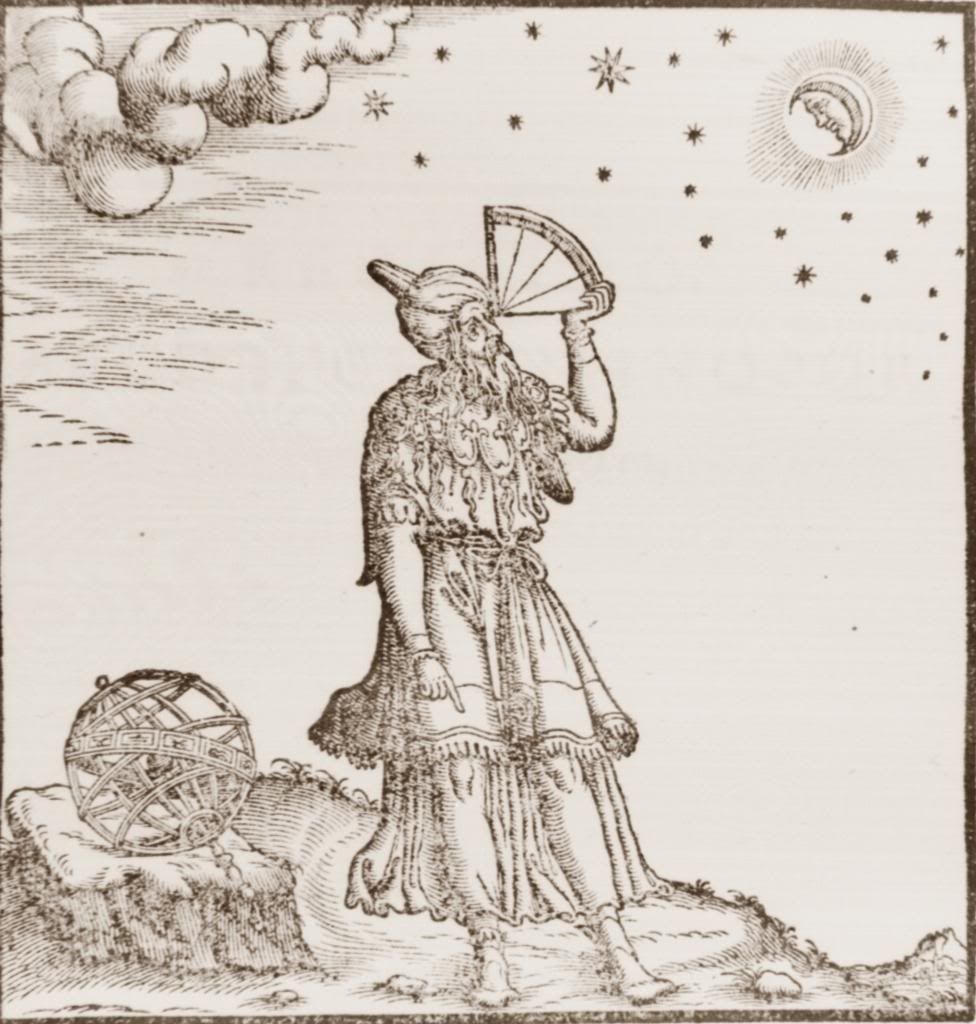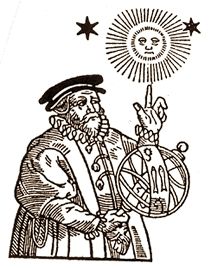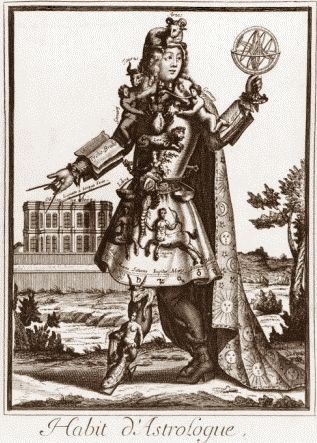It doesn’t matter how batty the idea really is. Before
long, someone, somewhere, will say, “You know, that guy has a point.”
And then someone else will join in and before you know it, the batty idea stops
being batty and becomes ‘The Truth™’ and believers in ‘The Truth™’
get all offended and shouty when you point out that ‘The Truth™’ is, now
that you mention it, a batty idea that simply got out of hand.
Take astrology.
Once upon a time, somebody, somewhere, said, “You know, that guy has a point
with what he says about the stars and stuff,” and somebody else said, “I
think you might be right,” and before you knew it, the crazies were running
the asylum and telling folk that they knew what was going to happen before it
happened, because they had read it in the stars. They didn’t know much about
the actual stars themselves but they knew quite a bit about human nature and
they used that knowledge to get themselves cushy jobs, sitting down, inside and
with no heavy lifting, and started giving advice to the muscley big blokes with
the stabby swords who were in charge, and they, being hard of thinking, took
whatever the astrologers told them as read and got all stabby when anyone pointed
out that it might all be a bit of a batty idea after all.
In the past, all over
the place, quite a lot of muscley big blokes thought there was something in
this ‘rocks in the sky™’ business and the astrologers got increasingly
cushier jobs and their batty ideas got increasingly battier. There came a time
when you couldn’t throw a stick into the street without hitting an astrologer,
and this was especially true when the Romans were the big muscley blokes with
the stabby swords running Judea. The astrologers said that the ‘rocks in the
sky™’ had told them that umpteen of the prophecies in the Holy Books were
about to come true and there was going to be a New King born pretty soon, and an
especially shiny new ‘rock in the sky™’ proved all this. This shiny new
rock (aka The Star of Bethlehem) in mentioned in Matthew’s gospel, where
we are also introduced the Magi, an unnamed, unnumbered band of astrologers
from the East, who followed the Star to Judea where it led them to the
birthplace of the New King.
Matthew is pretty vague about the Star and Luke,
the other gospel writer who covers the Nativity story, doesn’t mention it at
all. Nevertheless, the Star has become an important symbol of Christmas and
over the years there have been numerous attempts to explain exactly what it
was. Some have said that it was a comet that moved across the sky, but comets
were usually felt to be inauspicious portents so it is unlikely that one would
herald the welcome birth of a New King. One explanation is that it was a nova, an old
star burning itself out, and Chinese astronomers recorded just such a nova that
happened in 5 BCE.
The first person to speculate on the real nature of the Star
was the German astronomer Johannes Kepler, who calculated that it could have
been a conjunction of the planets Mars, Jupiter and Saturn, which occurred in 6
BCE. Triple conjunctions occur when three planets approach each other closely
in the night sky, and are relatively rare, so it is a possibility. There were
other conjunctions that would have been observable from Judea at around about
the same time – in 7 BCE, Jupiter and Saturn drew close on three occasions (May
22nd, October 5th and December 1st), and on
August 12th 3 BCE, Jupiter and Venus came into close conjunction. In
2 BCE, on June 17th, Jupiter and Venus actually overlapped, an event
called an occultation, and that would certainly have interested the Magi.
Occultations are when two planets pass across each other and are astonishingly
rare occurrences – the last occultation seen from Earth happened on January 3rd
1818, and the next will not take place until November 22nd 2065,
(both involving Venus and Jupiter). Without modern optical telescopes, the
occultation would have looked like a single, bright star when seen from the
Earth. Both of the gospel writers (Matthew and Luke) agree that Jesus was born
during the reign of Herod but historians are at odds on the year of Herod’s
death. Most agree he died in 4 BCE, which rules out the occultation mentioned
earlier as the phenomenon of the Star of Bethlehem, but some others have dated
his death to 1 BCE, which allows for the occultation to be considered as a
possibility, at least.
Of course, we are talking about a big rock and a ball of
gas that look like they overlap in the sky, in spite of them being millions of
miles apart, and assigning some significance to this, which is a batty idea.
Some religious folks seek to explain the Christmas Star away as a purely
symbolic thing, with some going so far as to fall back on that old chestnut of ‘Goddidit’ and you can’t counter blind faith of that sort with any
kind of logic.
Maybe we’ll never be certain what the Christmas Star was, but it
is a great image that has become central to our Christmas celebrations, finding
its way onto uncountable cards, umpteen decorations and the tops of innumerable
Christmas trees. And if it symbolises anything that promotes peace, love and
goodwill to all men, then maybe that’s not such a batty idea.







No comments:
Post a Comment